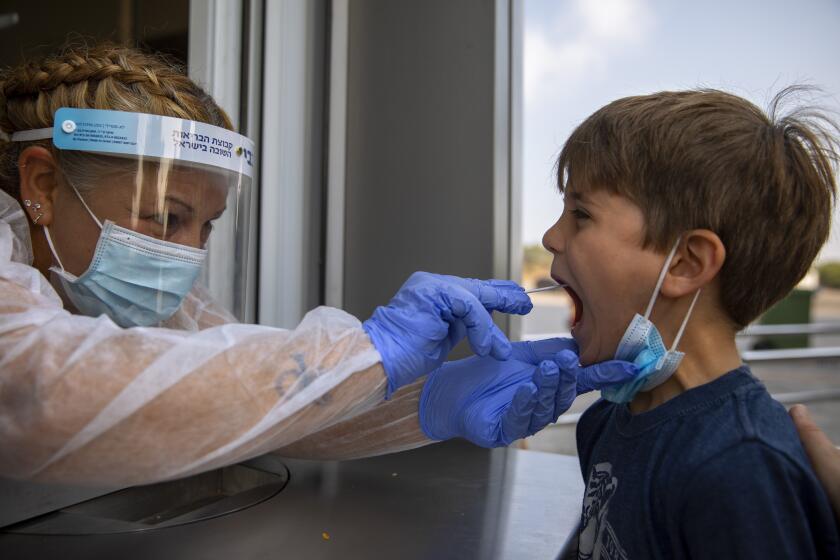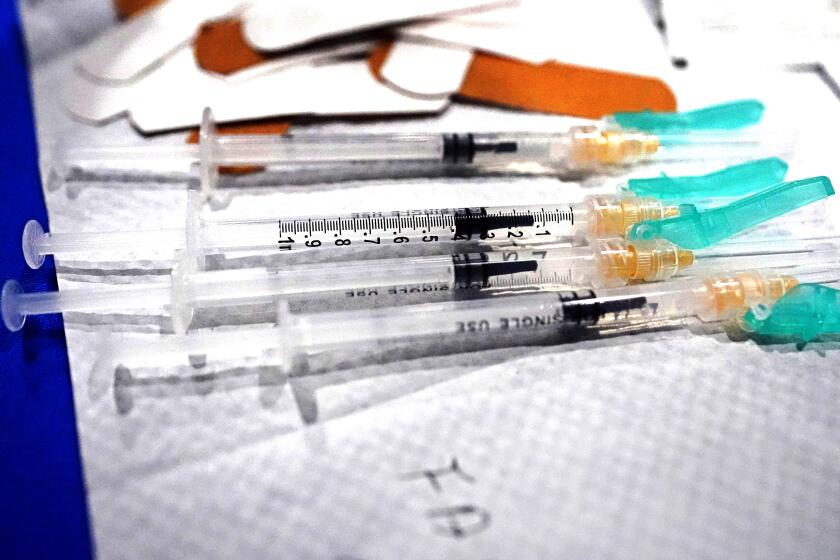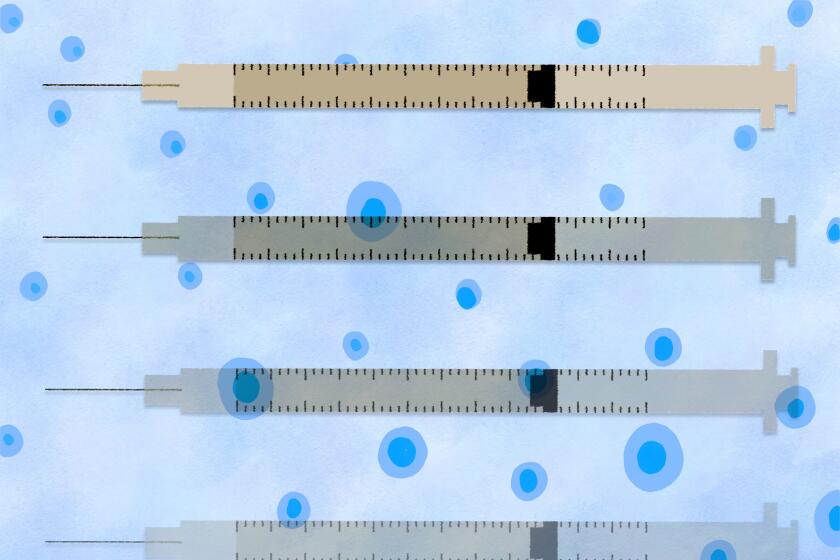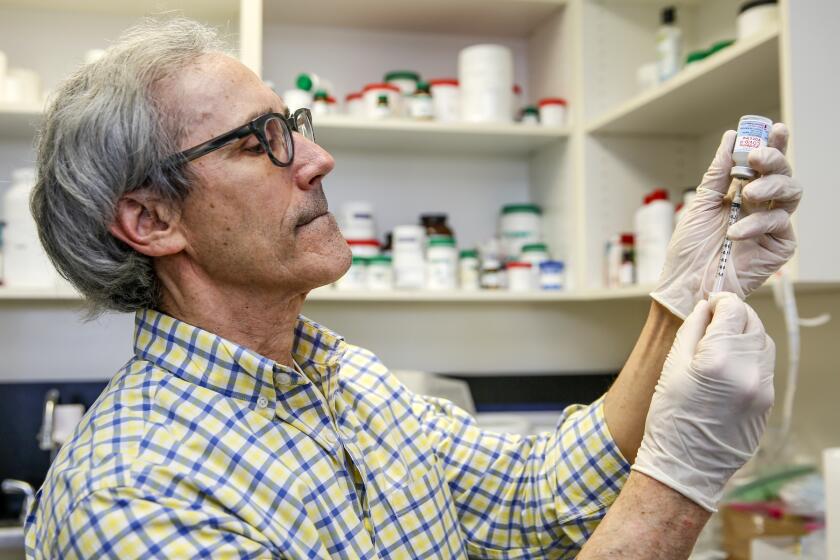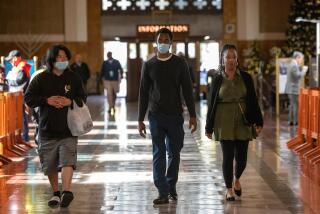How the body’s immune system tries to fight off COVID-19
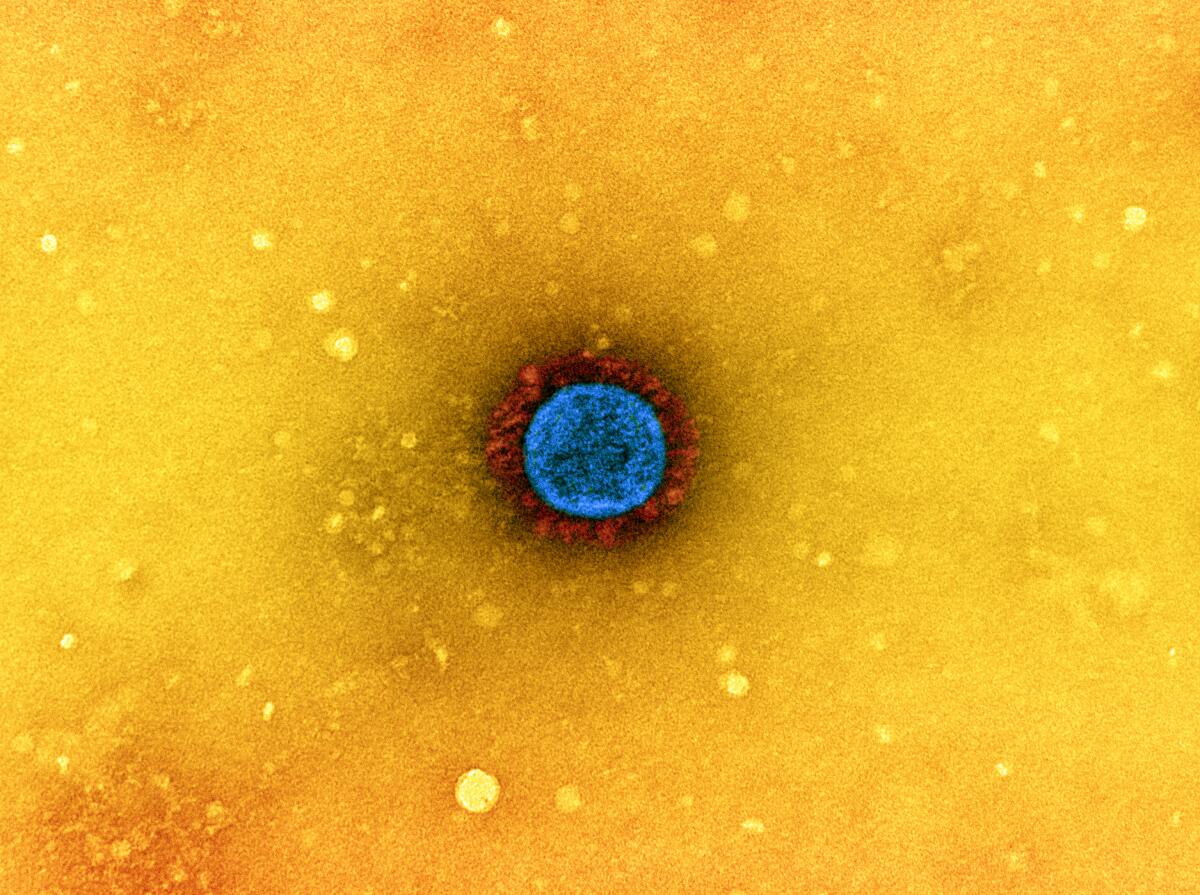
Vaccines have shown themselves to be the best defense against a serious case of COVID-19: According to the Centers for Disease Control and Prevention, unvaccinated adults were about 13 times more likely to be hospitalized with the disease than vaccinated adults as of late November.
But vaccines and the antibodies they generate are just one piece of the puzzle when it comes to fighting off the coronavirus. The immune system has other sets of defenders that find and kill infected cells, then preserve a living record of the virus, bacteria or other infectious agent so the body can respond faster the next time it’s under assault.
And speed is essential, said E. John Wherry, director of the University of Pennsylvania’s Institute for Immunology.
“During an infection, it’s a race,” with the immune system pressing to stop the virus before it has multiplied to a debilitating level, Wherry explained. That’s particularly true for the Omicron variant, which replicates at an alarming rate.
Here‘s a breakdown of how the body’s immune system works and how it’s been tested by Omicron:
B cells, T cells, NKs and DCs
Think of the immune system as having three layers of defense. One tries to keep hostile molecules — pathogens — on the outside, looking in. That job is performed by the skin, the body’s largest organ, whose cells can defeat invaders and warn the rest of the immune system that trouble is at hand.
The second layer tries to stop the attackers once they’ve entered the body, but before they have infected cells. This is where the bone marrow comes in. It produces “natural killer” or NK cells as well as B cells, the ones that generate antibodies. Both are types of white blood cells, or lymphocytes.
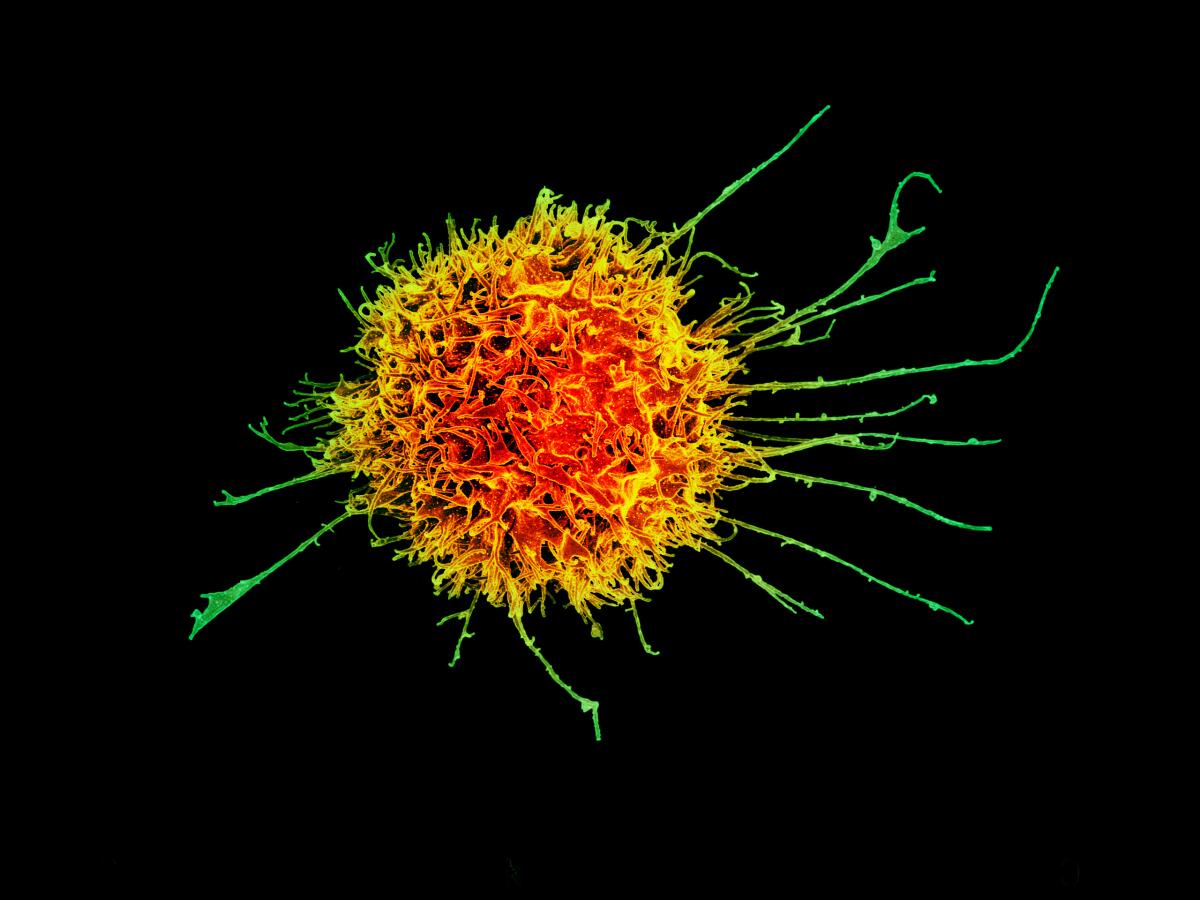
NKs earned their name because they aren’t produced in response to an attacker; they’re already present and ready to kill cells that don’t belong in the body, such as tumor cells. NKs are part of what scientists call the innate immune system. According to researchers at Rockefeller University, NKs hang out in the tonsils, lymph nodes and spleen, then rush to confront attackers where they emerge.
Antibodies, on the other hand, are generated after an attacker is discovered, making them part of what’s known as the adaptive immune system. They attach themselves to specific pathogens, which then get gobbled up and destroyed by other members of the immune system‘s team.
In the case of SARS-CoV-2, the coronavirus that causes COVID-19, different antibodies bind to different parts of the virus, including the spike protein the virus uses to enter a healthy cell and replicate itself over and over. If the spike protein is gummed up by an antibody, the virus can’t infect a cell.
It’s conceivable that if you’re freshly vaccinated or boosted, you could have so many antibodies ready to attack that you won’t become infected, said Trudy U. Rey, a virologist and science communicator. This is called “sterilizing immunity,” although in the case of COVID-19, it would be merely temporary. But that’s not the goal of a COVID-19 vaccination. (More on that later.)
A more common scenario is that some quantity of invading coronaviruses get past the antibodies. Cells have some innate defenses that can defeat the invaders, but SARS-CoV-2 has shown itself capable of evading them. Happily, there is a third line of defense: T cells.
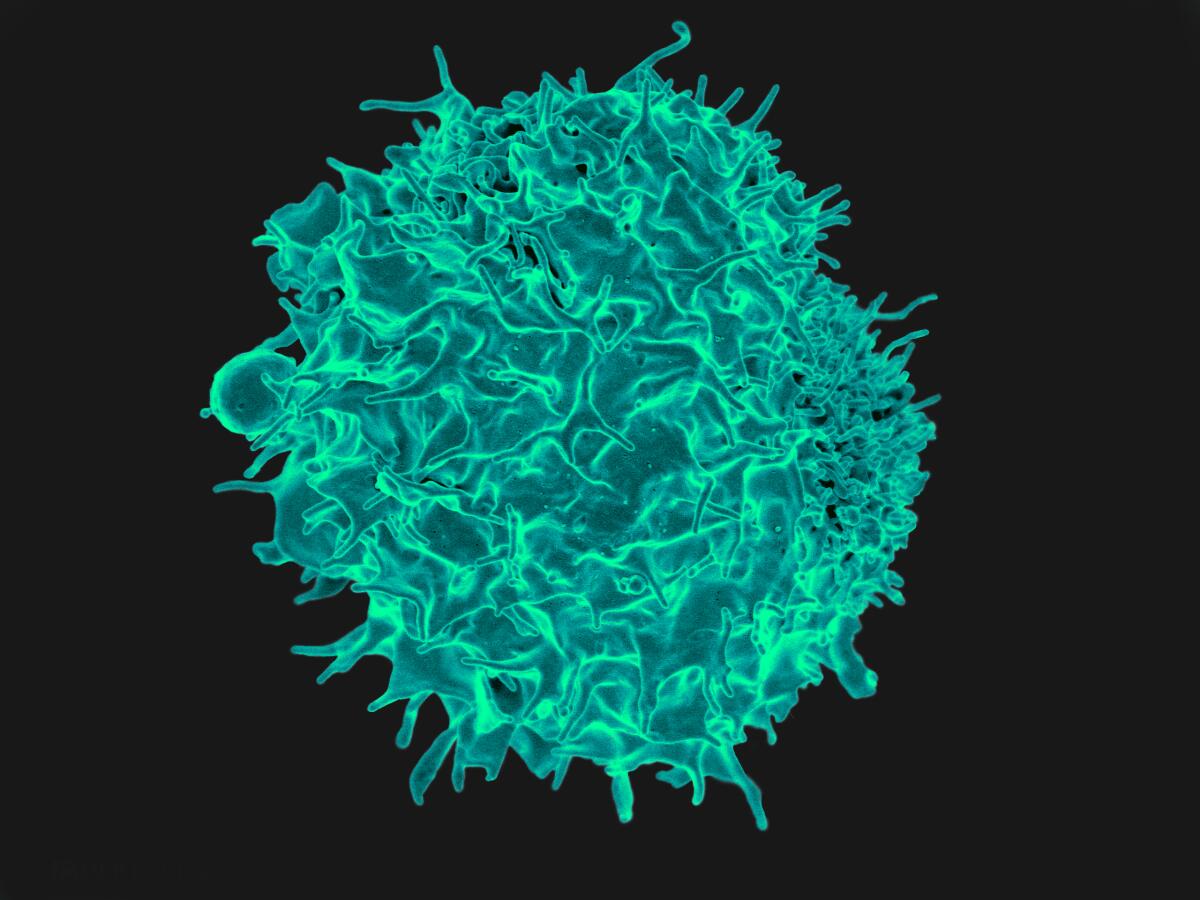
Like B cells and NKs, T cells are white blood cells that originate in the bone marrow, but they develop in and emanate from the thymus gland in the upper chest. Their special power is their ability to detect viruses and other germs after they’ve gotten inside a cell, where they’re hidden from antibodies.
T cells come in two basic flavors: killers and messengers. The lethal version detects cells that have been infected with a virus, then kills them (by releasing a toxic version of a granule called a cytokine) to stop the virus from replicating. Wherry called this “destroying the village to save the nation.” The messengers alert B cells to the new threat, and they respond by making antibodies designed to meet that threat.
The apparently milder Omicron variant has some parents thinking it might be helpful to let their kids get infected. But experts say there’s no upside.
It’s a complex molecular dance with many other vital parts, including dendritic cells or DCs, which act as sentinels and couriers within the immune system. Among other things, the DCs tell the T cells which specific threat to hunt down and kill.
Once an infection is overcome, the immune system naturally winds down and sheds some antibodies and T cells. But some T cells live on as memory T cells, ready to respond by killing infected cells and stimulating the production of new antibodies if the same attacker returns. And some B cells remain as memory cells to handle antibody production.
How vaccines prime the pump
Daniela Weiskopf, an immunologist at the La Jolla Institute for Immunology, said the body’s adaptive immune system is very specific. That’s good, she said, because “otherwise you’d be in a constant state of inflammation.” But it also means that antibodies and T cells are limited in what they can bind to or recognize. They need to learn their enemy before they can defend against it.
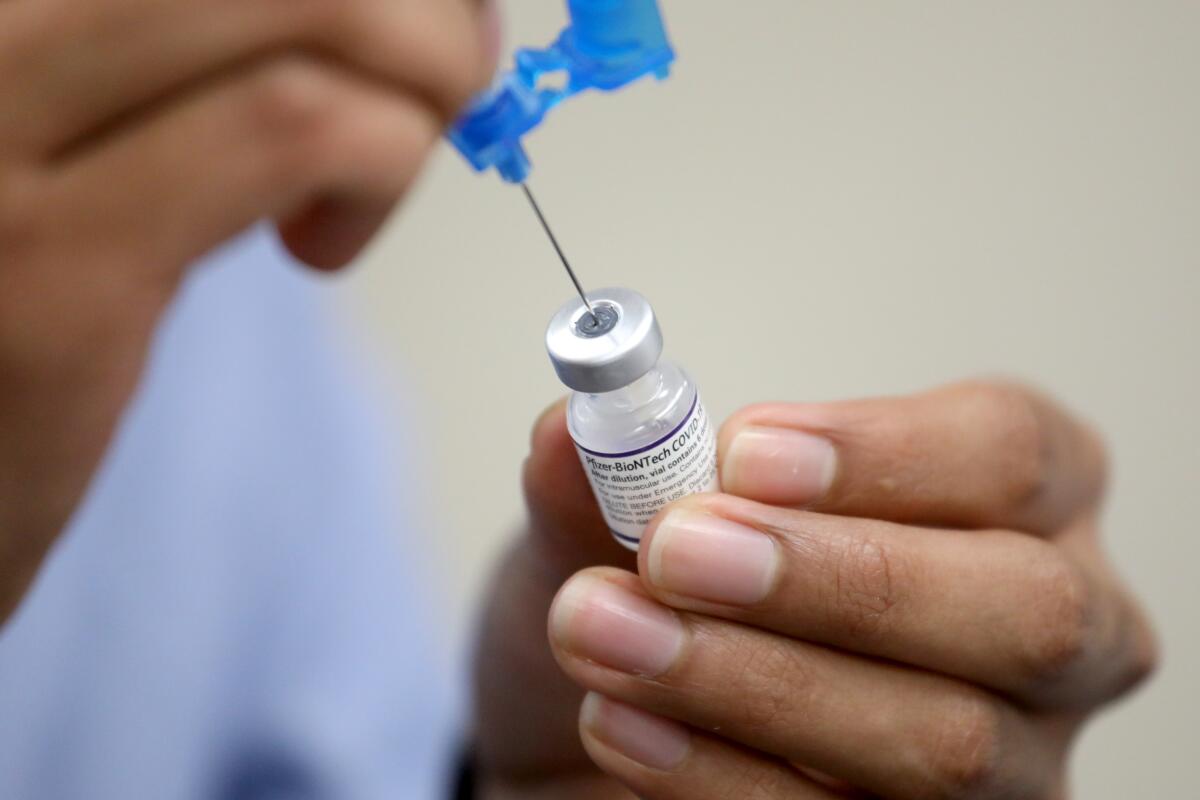
Vaccination, Weiskopf said, “is nothing but training the immune system without getting sick.” COVID-19 vaccines create antibodies that recognize the spike protein and other characteristics of SARS-CoV-2, along with memory T cells that can recognize cells that have been infected with the virus.
The more often your immune system sees a threat, Weiskopf said, “the more detailed it makes the response.” The speedier, too — once your system has these memory cells, she said, it can react “much, much, much faster” the next time the same pathogen comes knocking. Hence the value of booster shots.
We look at the science behind the need for COVID-19 booster shots.
As viruses mutate, the parts that antibodies attach themselves to may change. If they change too much, the antibodies won’t be as good at binding to them and preventing them from entering cells. That appears to be the case with the Omicron variant, which has multiple mutations that affect its spike protein.
But Omicron’s mutations haven’t tempered the response of memory T cells, Weiskopf, Rey and Wherry said. That’s because the mutations haven’t had much effect on the parts of the virus that T cells recognize.
Beyond that, Weiskopf said, each person has multiple different T cells, and their T cells are different from everyone else’s. If by some rare misfortune a new variant managed to dodge all of your memory T cells, she said, it would still encounter plenty of effective T cells in the rest of the population.
Rey added that much of the talk about “waning immunity” is based on the declining presence of what are known as neutralizing antibodies, which can block the virus from attaching to a cell and replicating. But other types of antibodies remain in the system.
“There have even been studies that have shown that just because an antibody doesn’t neutralize, it doesn’t mean it can’t do anything,” Rey said. For example, she said, by binding just to some parts of the spike protein, it may prompt other immune cells to join the fight.
COVID-19 and the unvaccinated
If you’ve never been exposed to SARS-CoV-2 or to COVID-19 vaccines, the coronavirus won’t encounter any customized antibodies or T cells on its way to your respiratory system. Even if your immune system is healthy, it takes a week to 10 days to transform undifferentiated T cells into killers and get them in place to confront infected cells, Wherry said. During that time, the virus is replicating exponentially and spreading through the body.
But if you’ve been immunized, you can have killer T cells ready in four days or fewer, Wherry said. That head start makes a huge difference in keeping an infection from raging out of control.
Unvaccinated people may nevertheless have some T cells ready to defend at the first sign of an infection, Weiskopf said. Researchers found some T cells that responded to SARS-CoV-2 in samples taken from people who’d never been exposed to the virus, she said. These cells — created in response to the common cold, which can be caused by other kinds of coronaviruses — helped speed up and strengthen the immune response, she said.
Not everyone who’s caught a cold will have T cells with this kind of versatility, she added. But the discovery suggests to some researchers that scientists might be able to devise a vaccine capable of attacking any coronavirus variant by prompting the immune system to make T cells like these. (Dr. Patrick Soon-Shiong, owner of The Times, has another company that is exploring this possibility.)
For lasting immunity, we need to focus on inducing T-cell response to the coronavirus, which may be more important than antibodies.
At any rate, the more a virus replicates in the body, the bigger the response from killer T cells. That raises a second issue, Wherry said: T cells can’t go on killing tissue forever; at some point, the system has to shift into repair mode. That’s why there are regulatory T cells to “act as a counterweight on this whole system,” helping to rein in the killer cells, he said.
Sometimes, however, the system doesn’t throw the “off” switch soon enough. Wherry said that for some seriously ill COVID-19 patients, the virus spreads to many places inside their bodies, and a huge number of killer T cells flood their systems with “very damaging” cytokines. Clinicians help those patients by suppressing their immune systems to tamp down this response, he said.
Unvaccinated people who recover from COVID-19 will have antibodies and memory cells to help protect against the next encounter with SARS-CoV-2. But Rey said a person’s immune response is much better after vaccination than with the “natural immunity” conferred by an infection. The reinfection rate for unvaccinated people who only have natural immunity is twice as high as the infection rate for people who’ve been vaccinated, she said.
In people who got a booster shot, levels of neutralizing antibodies exceeded the peak that followed two doses of COVID-19 vaccine.
Immunological age
Over the course of the pandemic, elderly people have tended to suffer far more serious consequences from COVID-19 than children have. There appear to be at least a couple of reasons for that.
Rey pointed to a study led by researchers at the Charité-Universitätsmedizin Berlin, who found certain innate defenses in children’s nasal passages that may help them clobber the virus before it can replicate wildly.
“This type of innate immune response seems to be delayed in older adults, and in an effort to ‘catch up,’ may result in excessive inflammation, thereby ultimately causing more severe damage,” she wrote in a blog post.
Wherry said the immune system is susceptible to the effects of aging, just like the rest of the body.
“One of the key things is you lose production of these new, what we call ‘naive,’ T cells,” he said. These act as blank slates, ready to learn new threats. Late in life, Wherry said, “they become a much smaller portion of the cells you can call into action.”
As we age, problems emerge in other elements of the immune system as well, he said. Altogether, he said, these issues “make it harder for the immune system to get out of the gate.”

